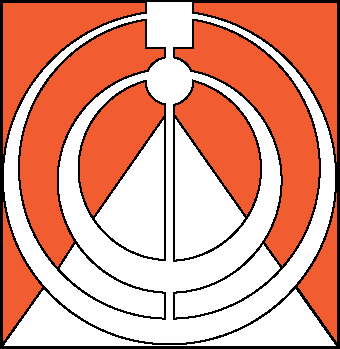Closing the Achievement Gap: Mi-STAR Sending At-Risk Students to the Front of the Class
Thursday, May 3, 2018
Education is supposed to be the great equalizer, but too often it primarily “equalizes†the sons and daughters of the already successful.
“The traditional setup of schoolwork does not always work for low-income kids,†said Monica Wyrwicz, a veteran science teacher at Hart Middle School in Rochester Hills. “When everything was about memorization, a lot of my kids had trouble. That's changing with Mi-STAR.â€
Rochester Hills may be an upscale address, but that belies the reality of the school system.
“We do have some students who come from families that struggle to make ends meet, and some of our students are on free and reduced lunches,†Wyrwicz said. “Not everyone gets a lot of support at home. Not everyone can afford the electronics other kids use to study and do their homework.â€
Those hurdles don't matter much in the Mi-STAR curriculum. “The students get to apply what they learn rather than spitting back facts,†said Wyrwicz. “I'm seeing higher-thinking skills in kids who have had challenges in the past.â€
While these results haven't been evaluated in a rigorous study or published in an academic journal, other teachers tell similar stories. Chris Geerer is also seeing a shift among her students at Parcells Middle School, in Grosse Pointe Woods.
“My school is about 30 percent free and reduced-price lunch and about 30 percent African American, and the traditional way we ‘do school' is often not a good fit for lower income students, and especially African American boys. But what I’m seeing with my African American students is tremendous success.â€
It's not that students who previously struggled are uniquely qualified for the Mi-STAR curriculum. On average, the assessments they complete before a unit are no better than they've ever been. But, says Geerer, their post-unit scores are anyone's equal. “I have an eighth-grade honors class, and my honors students didn't do any better than my at-risk kids,†she said. “I have kids failing other classes who are getting As in science. It blows me away.â€
Geerer credits Mi-STAR's phenomena-based approach to learning, including the Unit Challenge, for turning many of her struggling students into scholars. “If nobody knows the answer, then you begin with a level playing field. Those at-risk kids can reason and problem solve as well as anybody, if not better, and with Mi-STAR there are no limiting factors holding them back, no problems preventing them from getting homework done.
“They totally buy into it, and they learn,†she said. “Mi-STAR is making a huge difference. And in the meantime, we are teaching kids to think logically and to discuss things civilly.â€
Yonée Kuiphoff of Linden Grove Middle School, in Kalamazoo, has seen a similar surge in at-risk student success with Mi-STAR.
“The students have more buy-in and are more engaged, especially when they are responsible to their peers,†she said; no one wants to let down their teammates by not doing their fair share of a project. “Will we always have one or two who aren't invested? Sure. But my borderline students have joined in, they are asking questions, and they are really enjoying being part of a real-world problem, where they can see some use for what they are learning instead of just undertaking an academic adventure.â€
In the beginning, Kuiphoff and other Mi-STAR teachers who helped develop the Mi-STAR curriculum had their own worries about those borderline students. “We wondered, ‘What are we setting our students up for? Will this be so far over their heads they won't be able to handle it?'†she said. “And we now know they are capable of this and a whole lot more.â€
Kuiphoff has only one complaint. As far as she's concerned, the full three-year Mi-STAR curriculum can't be implemented too quickly.
“A lot of our students live with a self-fulfilling prophecy. They think science will be too hard for them, that they are too dumb, that they can't do anything,†she said. “I have seen them be surprised when they get high grades; some are so jaded that instead of seeing it as a success, they think it's a fluke.â€
What they need, Kuiphoff says, is more Mi-STAR, so they realize that those As are no accident.
GET Mi-STAR NEWS BY E-MAIL!
Copyright © 2025 Mi-STAR
Mi-STAR was founded in 2015 through generous support provided by the Herbert H. and Grace A. Dow Foundation. Mi-STAR has also received substantial support from the National Science Foundation, the MiSTEM Advisory Council through the Michigan Department of Education, and Michigan Technological University.


















